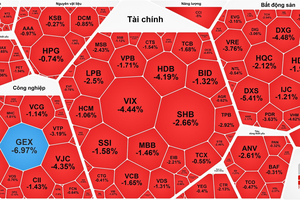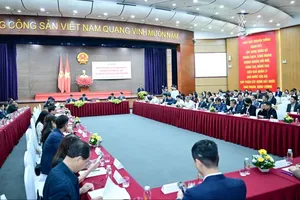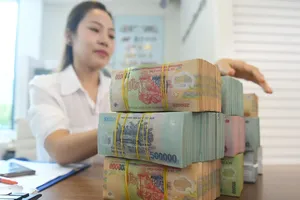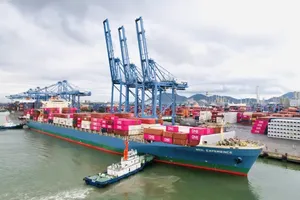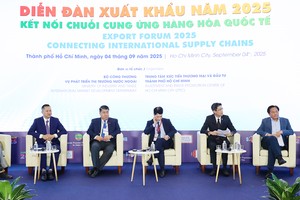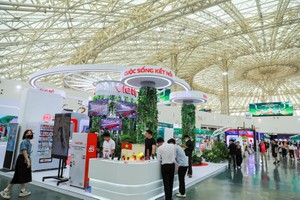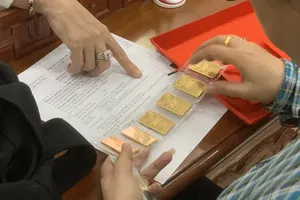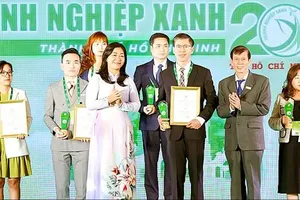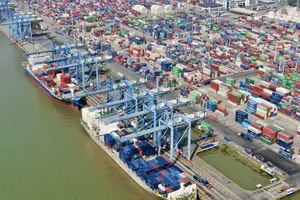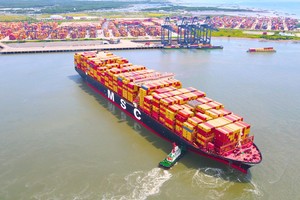Vietnam’s automobile industry remains underdeveloped in the last 20 years, with the fledging auxiliary industries and expensive prices compared to other countries.
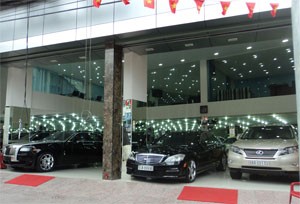
Statistics from the Ministry of Finance show local automobile joint ventures imported most of components from abroad.
Since the Vietnamese auto industry came into being in 1991 with the licensing of the first two joint ventures Mekong and VMC, it has benefited from many preferential policies.
However, analysts say local manufactures have not made full use of these policies to develop a strong industry and the industry is still having to import most of the components it needs.
The ratio of locally produced parts by Toyota Vietnam stands at a measly average of 7 percent. However, the Japanese joint venture was required to achieve the rate of at least 30 percent 10 years after it was licensed to operate in Vietnam, which was in 1996.
The ratio of another Japanese automobile joint venture Suzuki is even lower, reaching 3 percent compared to the required rate of 38.2 percent by 2006 in accordance with the requirements in the operation license.
According to the automobile industry’s development plan, its ratio of locally produced parts should have been 40 percent in 2005 and increased to 60 percent last year.
“Most goals of Vietnam’s automobile industry are undone, of which the most important target of increasing the ratio of locally produced parts was the biggest failure. The rate is very low until now, while local automobile assemblers still cannot produce key components,” said Le Quang Duong, deputy minister of Industry and Trade.
Unofficial statistics show the sales of automobile increased to more than 100,000 cars from 5,000-7,000 cars in the last 10 years.
However, local automobile assemblers specialize in painting and assembling some simple parts, while the number of firms in supporting industries amounts to more than 100 units only.
“We should focus on making engines of a car, instead of setting the target of producing a whole new car. We should also aim at contributing hi-quality products to the global value chain as much as possible,” said Tran Ba Duong, chairman of automobile assembler Truong Hai.
Laurent Charpentier, general director of Ford Vietnam, told Dau Tu Tai Chinh Newspaper that Vietnam’s auxiliary industries were still at a fledgling stage compared to other countries.
Dr. Phan Dang Tuat, director of the Industrial Polices and Strategies Institute, said the supporting industries played the most important role of the automobile industry’s development, with export turnover reaching more than US$1.6 billion in 2010.
Vietnam’s auto sales have risen ten-fold over the past decade as the local market continues to expand, according to the Vietnam Automobile Manufacturers’ Association (VAMA).
The association now has 18 members, compared to 11 when it was established ten years ago. VAMA said its members sold 99,798 vehicles, including cars, trucks and buses, in the first 11 months of this year, down 4 percent from the same period last year. In November alone, it sold 11,198 vehicles, down 9 percent over the same period last year.
